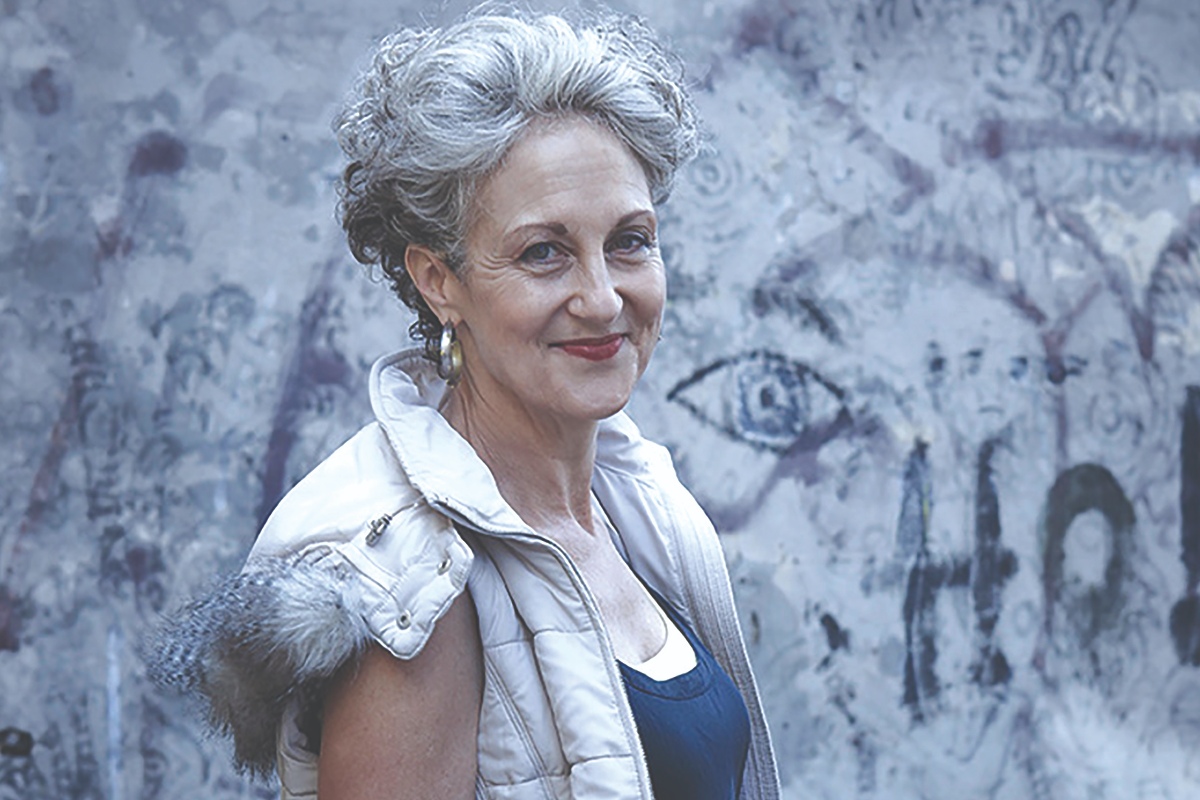
A campaign to reach new heights

Image: Dr Elizabeth Farrelly. Photo: Petrina Tinslay.
By ERIN MODARO
Elizabeth Farrelly has launched her campaign to run as an independent for the upper house in NSW Parliament at the 2023 state election; a feat that no one has succeeded at before.
Farrelly is well known on the Sydney planning scene. She was an architecture critic for the Sydney Morning Herald for over three decades. As a vocal supporter of heritage preservation and equipped with a PHD in Urbanism from the University of Sydney, Farrelly has plighted against overdevelopment and been a staunch supporter of grassroots campaigns.
No independent candidate has ever been elected to the NSW upper house. The two current independents serving in the Legislative Council, Fred Nile and Justin Field, were voted in as a Christian Democrat and a Greens member respectively, before leaving their parties to become independents.
Farrelly recognises the difficult nature of the task ahead.
“Everything’s stacked against you” she said. “As an independent, you don’t get your name above the line on the ballot paper and that makes it almost doubly difficult to have anyone recognise your existence.”
On ballot papers, independent candidates don’t have their name displayed above the line, unless they run as a part of a party. In a move most famously employed by Sydney’s long-reigning Lord Mayor Clover Moore, Farrelly found herself a party so she could begin with a fighting chance.
Political parties must be registered for a full 12 months before an election. So, Elizabeth assembled a team of independents and co-opted the Keep Sydney Open Party which first began in opposition to Sydney’s lockout laws.
“A lot of people think it’s weird. To be an independent and have a party” Farrelly acknowledged. “Which it is.”

This political acrobatics reflects a tactic that other independents have used. Sydney is a greenhouse for successful independent campaigns.
Clover Moore’s team has dominated the polls for Sydney’s mayorship for 17 years. Alex Greenwich has sat in NSW’s lower house since 2012. Allegra Spender saw major success for teals in the federal election this year, successfully taking a safe-Liberal seat in Wentworth.
However, state elections represent a very different playing field to federal ones. Strict caps on political donations make running as an independent difficult. In 2022 to 2023, donations to a registered party or group of candidates are limited to $7000. While third party campaign groups are able to spend $26,700 on seats, often independents don’t have access to this sort of support.
“[Third parties] can spend a lot of money on sort of indirect support and campaigning for the major parties” Farrelly said.
Heritage, planning and development
As a strong advocate for city planning and heritage preservation in the past, Farrelly says these areas are a focus of her campaign.
“I’ve always been concerned about heritage, but I’m very concerned, for example, about proposals at Central Station.”
The Central Precinct, a state government overhaul with multiple high-rises planned for the areas around Central station, has been a topic of contention for locals and heritage groups. Recently the National Trust, of which Farrelly is a board member, opposed plans for a 45-storey commercial skyscraper being constructed over a heritage postal building.
Farrelly referred to the Central Precinct plans as “a great forest of towers”.
She said she wants a change to how planning decisions are made, moving them to favour public benefit.
“How can this development… be garnered and shaped around doing good things for the public?
“It’s a kind of conceptual shift that we will be pursuing and slightly longer term.”
“Change the balance of power”










